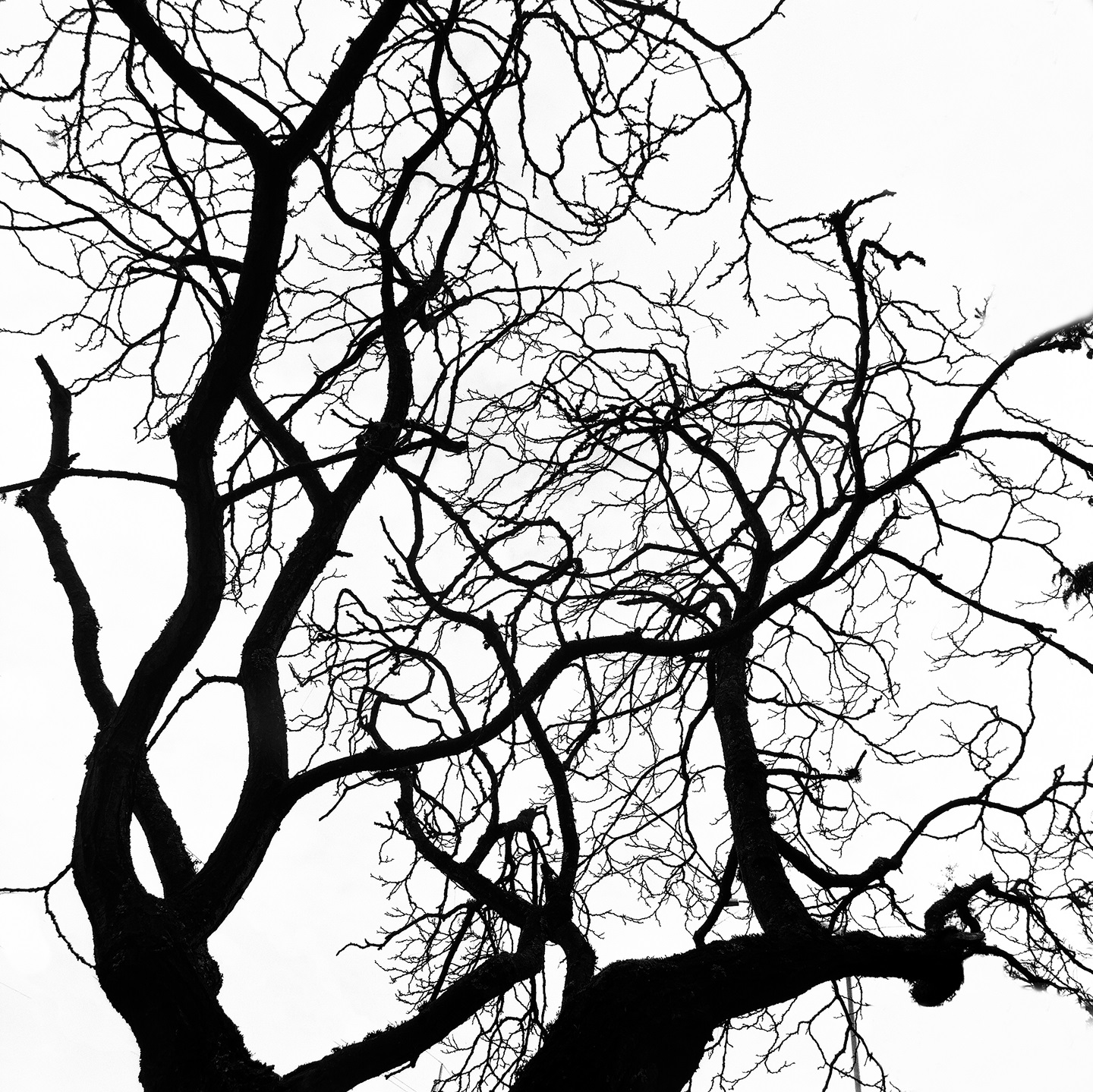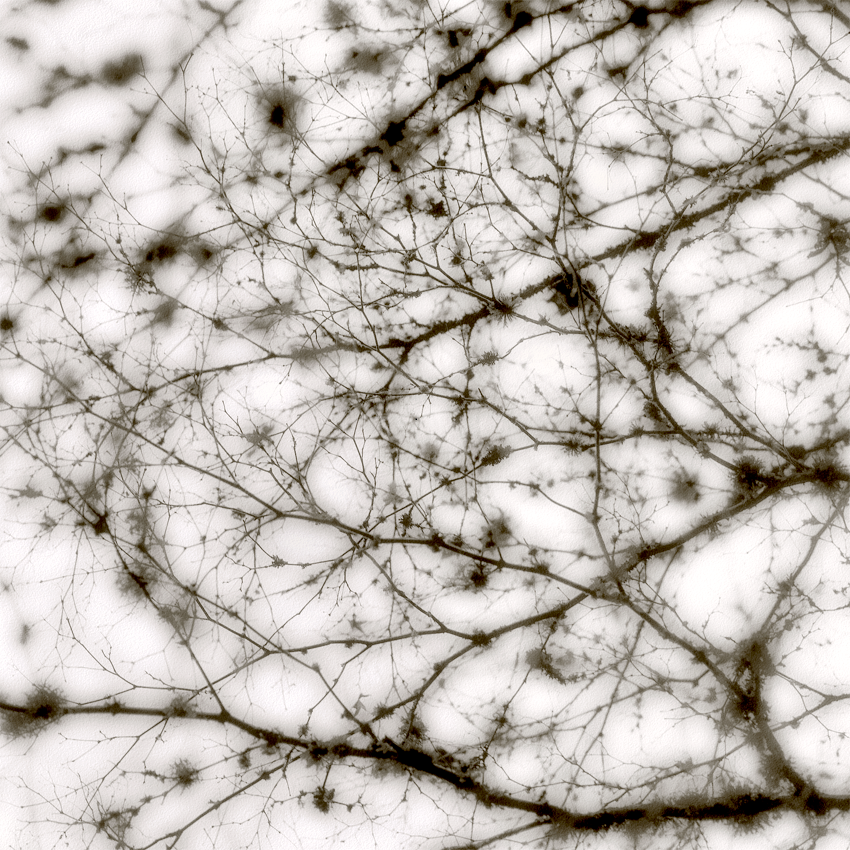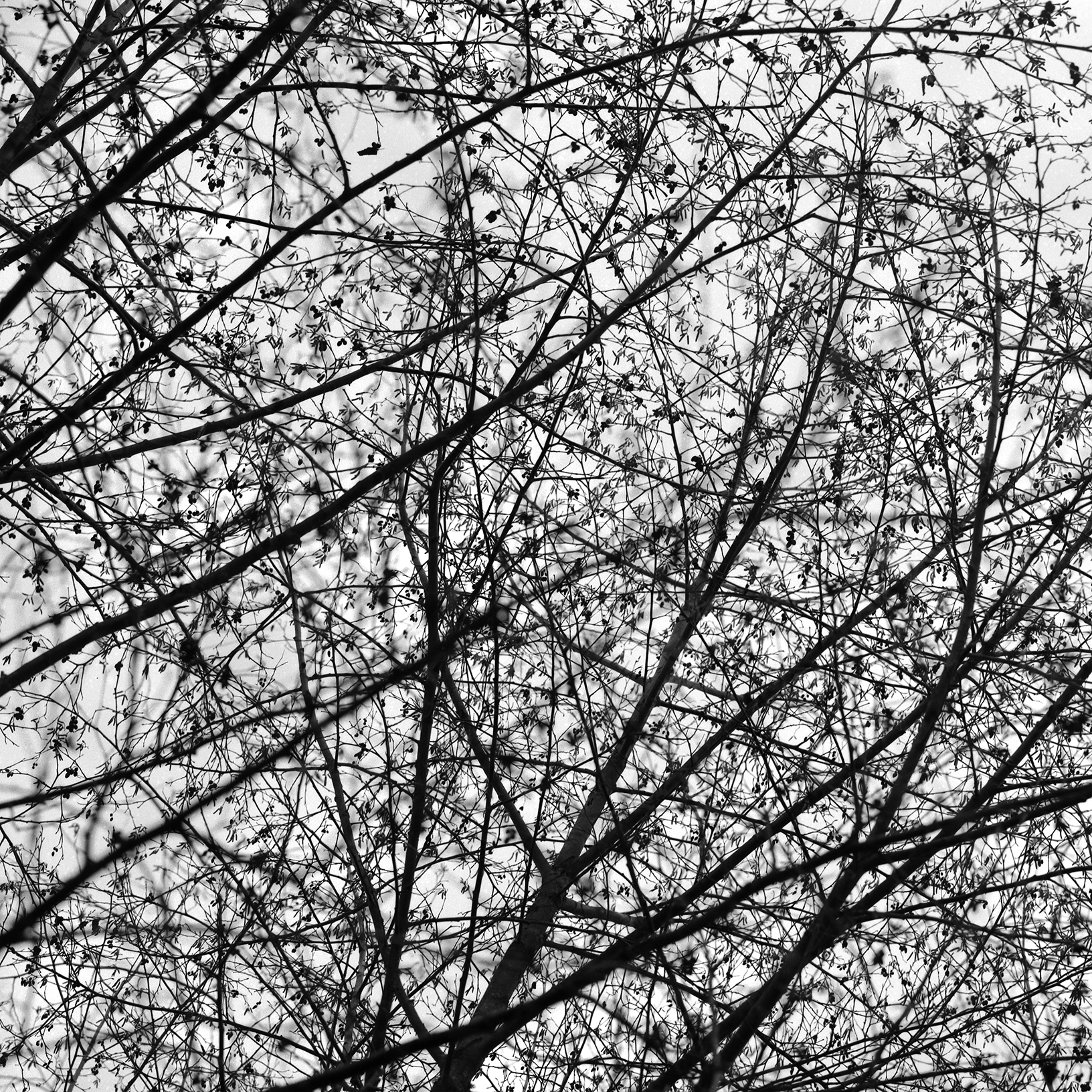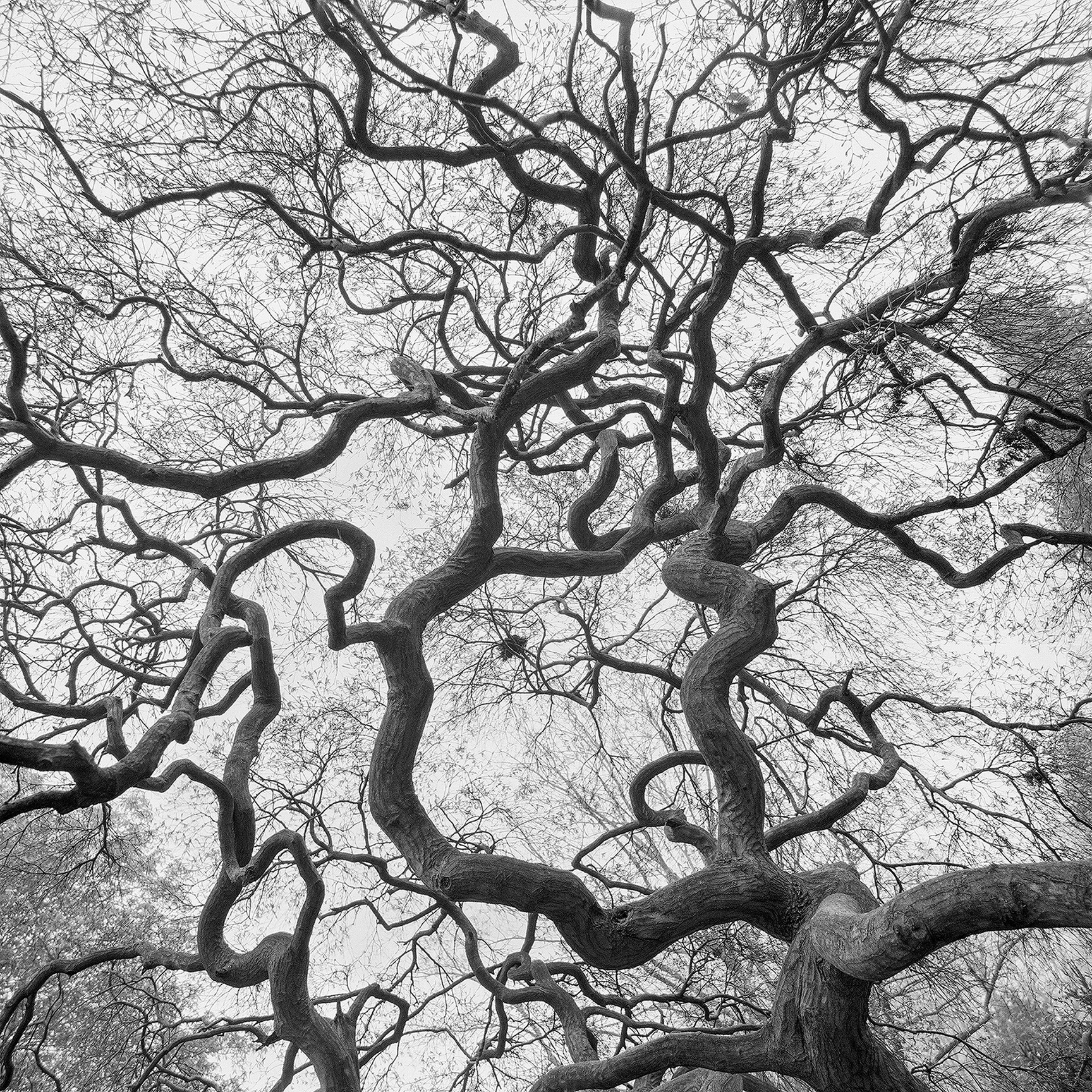
Infinity in Moonlight by Ralph Maratta
THE WORLDS THAT CHOOSE YOU
The night sky yielded an early way to help people navigate. The stars also gave societies a source for stretching their imaginations and letting their minds wander. Science duly dispels mysteries, but only to create new ones in doing so. Data-driven computer simulations, for example, map the distribution of matter across the universe. But this breakthrough yielded a question. Why do so many patterns and shapes in deep space mimic many of the similar patterns in our natural world? It would be Benoir Mandelbrot, in the mid-seventies, to coin the term fractals, translate the idea of self-similarity into equations, and eventually win a Nobel Prize.

A Westward Gail of Whispers and Prayer

An Empty Offer to an Unseen Child

Indra’s Equation
In mathematics, a fractal is exactly or approximately similar to a part of itself. Many objects in the real world, such as coastlines, the spiral of nautilus shells, blood capillaries, spotted creatures, and even the inside of baked bread are statistically self-similar: parts of them show the same statistical properties at many scales.

The Worlds That Choose You

Network of Nadis

Supernova
Bare winter trees are not as exciting or exotic as Hubble telescope images, computer simulations, or infrared telescopy. Still, as the evening lifts and stars fade, our average day brings us the same wonder that that the more we learn, the more questions there are.

Self Similarity

Trees for Max Plank

Wormholes in a Tree
Treetops are everyday examples of self-similarity. Their patterns seem to create unique worlds that remind me how many others must exist. And then I’m left with another question; do we choose the worlds we live in, or do they choose us?
RgM
In the artist’s words:
Ralph Maratta, who works under the name 2Worlds, lives and works in Tacoma, Washington. A recent transplant from the New York City area, he credits a recent creative surge to the lifestyle change he expresses as “energizing.”
“I’m in a groove. Living in a vastly different, rugged, and raw landscape, being an outsider, unknown but for a handful of colleagues and friends, and feeling like a fish out of water, is a jolt to the core. For now, I’m exploiting the feeling and converting it to photographs.”
Maratta works in film and digital capture. Reared in the traditional darkroom, a place he says he transforms, he is skilled in black and white printmaking. “In the darkroom, I become laser-focused, slower, methodical, retentive, over-demanding, and perfectionist – all of the things I’m not in life!” Yet, if asked if he thinks film is the superior medium, he quickly replies, “I don’t get into that stuff, it would be like comparing watercolor to oil or something. Each medium is different with a different set of strengths and weaknesses. It all depends on what you want to convey. At first, the darkroom influenced my digital printing, but now my digital processes affect how I approach the darkroom.”
He says music influences his photography most, citing that “it’s all there; tonal scale, contrast, brightness, darkness, rhythm, and melody.” The nature of aesthetics or aesthetic experience intrigues him most as he thinks art can trigger the subconscious and also tap something universal, like a collective unconscious. “I can work in different subject matters, styles, and photographic mediums, but running through all my imagery are ideas on connectivity, empty space, differing realities in a given moment, and the merging disciplines of modern science and spirituality.
When asked about what photography and the creative process means to him, he says, “For me, it’s less about the need to create, like it is for many. Photography, for me, is a measurement of how I’m improving or not. So, it’s my focus, my life’s work, and a bit of duty, albeit a labor of love.”
Maratta has been featured in several one-person shows and published in a variety of online publications. More of his work can be seen here: http://bit.ly/2sNaviw

These are stunning!
Dear Margar, Thank you for taking the time to look and leave a comment. Things like that keep me inspired to do more. Warm regards, Ralph
Beautiful.
Thank you again Celia. warm regards, Ralph
Love the photos and the commentary. Looking forward to seeing more.
Thank you Jodi… it’s good to be seen, keeps me going for more! Ralph
The images and prose are a reflection of an insightful person. Inspiring work, Ralph!
Dear Lynn, Thank you for taking the time to see the images! Warm regards, Ralph
Me encanta !!!
This is a brilliant reflection Ralph.